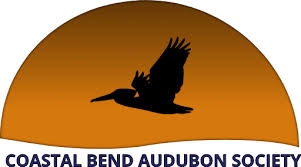Join Dr. Larry McKinney, former HRI Executive Director and current Chair for Gulf Strategies as he explores the links between Texas history, myths and its incredible environment. They collided as never before during the drought of the 50’s, and within our lifetimes, reset our coastal ecosystem. It has changed this amazing ecosystem and the waterbirds depending upon it, forever. Therein lies a message and warning for the future of the Gulf of Mexico.
The Harte Research Institute’s Ecosystem Health Report Card for the Texas Coast revealed a remarkably healthy (B-) and resilient ecosystem but also signs of stress. Waterbirds and the habitats they depend upon rated poorly in that assessment and may be trying to tell us an important story, not only for Texas but the whole of the Gulf of Mexico. Freshwater inflow has been the key driver of Texas coastal ecosystems and between explosive development and climate change carrying capacity has been remarkably reduced. There is a lesson there for America’s Sea, as it is sometime called. It is our nation’s most important coastal waterbody in both an ecological and economic sense, yet it has been undervalued and compared to our east and west coasts - ignored in almost every respect, except perhaps when gasoline prices rise. As an ecosystem, it is remarkably resilient, taking what nature and humans throw at it and continuing to bounce back – producing shrimp, crabs and oysters in abundance and supporting the millions of waterbirds that flock to it, and through it, every year. But resilience has limits and both anthropogenic and natural forces may be slowly squeezing the life out of the Gulf. The question being can we recognize that threat and do something about it, or is the Gulf of Mexico on its own – teetering along on a highwire with no net below?

